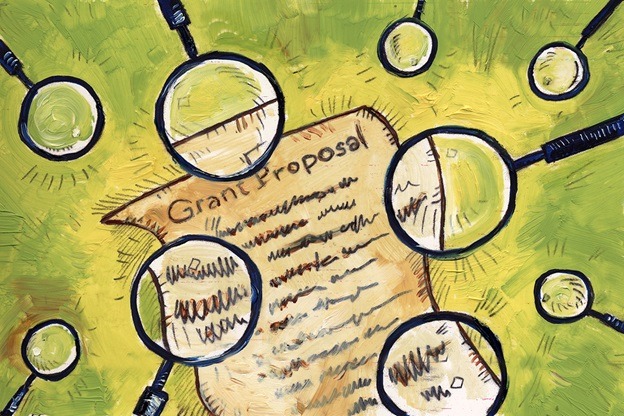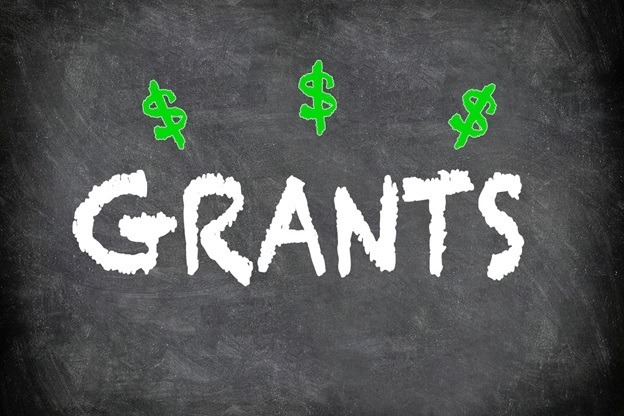Learning how to create grant proposals is critical because they might assist you in obtaining funding for various crucial tasks. Furthermore, publications in renowned journals are essential to communicate research results and advance career growth. This article’s goal is to cover some of the essential components of winning grant proposals and scientific papers and provide guidance (based on my experience) that I believe will be useful to writers and applicants.
What is a grant proposal?
An application for funding a project is known as a grant proposal. People in many fields—including education, science, and the arts—write grant submissions to get financing. A grant proposal gives background information about the company or person seeking financing, outlines their justification, and forecasts the project’s successful outcomes if funding is granted.
Grants play a crucial role and can save several people from getting abandoned. Federal grants in the United States are forms of financial assistance the federal government gives. For instance, a federal grants is a financial reward made to a recipient by a federal agency to carry out a public objective of support or stimulation permitted by a United States statute. Grant money can be used to upgrade the buildings of nonprofits, schools, and other organizations. Typically, these organizations provide services to the public and lack the resources to carry out repairs independently. Grant money is frequently used to create new structures, renovate old ones, weatherproof them, make them more ecologically friendly, or build more to accommodate expanding populations.
Writing a grant proposal: A Guide
Grant proposals have a predetermined format that makes it simpler for potential investors to decide whether they are interested in sponsoring the project. Here are the typical steps that are frequently included when drafting a formal grant proposal, in the following order:
1. Add a cover letter
A cover letter is an introduction to the grant proposal. It gives information about the organization or person making the request, the project that needs funding, the sum of money required, and the goal of the investment. Since other sections of the grant proposal cover each topic in more detail, this section provides broad information about the project and its financing objectives. You should address this part to the exact person or organization who is anticipated to be the grantee.
2. Add an executive summary
The group or person requesting the money is described here, along with the organization’s broader objective and how the current project fits into it. Executive summaries aim to summarize the full grant proposal while avoiding excessive detail. This part, for instance, can explain how a biomedical company’s ongoing stem cell research contributes to its overarching goal of healing spinal injuries.
3. Describe a need statement
A grant proposal’s statement of need section describes the issue that your initiative is meant to address. The issues that your project seeks to address are covered in-depth for the first time in this part. This component is the primary motivator for investors because grantees want to know that their money is going to a worthwhile cause.
4. List your goals and objectives.
If the initiative is successful in raising the necessary funds, this section describes the benefits that will result. Linking financial resources to desired results clarifies the necessity for funding and expands on the justification for finding a solution to an existing issue. Include comprehensive details in this part, and be explicit about how resolving the problem will advance society or benefit grantees. Minor information on potential future funding that your organization might require to accomplish these aims and objectives can also be included in this section.
5. Describe the techniques and plans
Include your plan of action for resolving the issue you previously mentioned in your grant submission next. The methods and strategies that you or your organization intend to use to complete your project are carefully described in this section. Investors want to know precisely how you intend to utilize their money so they can assess whether investing is likely to be profitable. For instance, if you intend to use the funds to build a new water purification system, describe your proposal and include the system’s exact design components.
6. Describe your evaluation strategy
Grantees want you to be responsible for the development of your project in addition to keeping them informed about where their money is being spent. An assessment plan explains how you’ll ensure your funding is going where it should be according to the other sections of your grant request. By including this section, you may demonstrate to potential investors that you have a reasonable schedule for the project and that you are using their money as you had intended.
7. Consist of a budget
This part offers a comprehensive description of all the projects the grantee is sponsoring, together with the number of funds you intend to allocate to each project. If the budget section fully describes each anticipated expense, it may be a table or a written statement. Make connections between the items in the budget section and the preceding methodologies and tactics in your grant request. A budget could, for instance, state that if a sponsor funds $4,000 in your biological research organization, you intend to spend the money on personnel salaries of $1,000 and research expenses of $3,000 instead.
8. Specific organizational data
Information on the organization requesting the award is included in the grant proposal’s last section. You can provide all pertinent personal information in this part if a specific person is making the grant request. The names, backgrounds, and roles of each project participant are included in the organizational information, along with a thorough history of the organization that includes its goals and previous endeavors.
9. Sign the document at the bottom
Include your signature and name in print at the end of the grant proposal and any other essential details about you or your business. Include your title, email address, or phone number in this section. Finally, include the date you will send the award to prospective beneficiaries.
Conclusion
Grant applications must be viewed as projects with clear deliverables or goals to get the funding requested. These projects must produce measurable results to receive financing. A carefully crafted, organized, and full grant proposal will be accepted. This article covered the most manageable and most crucial steps to writing a winning grant.

